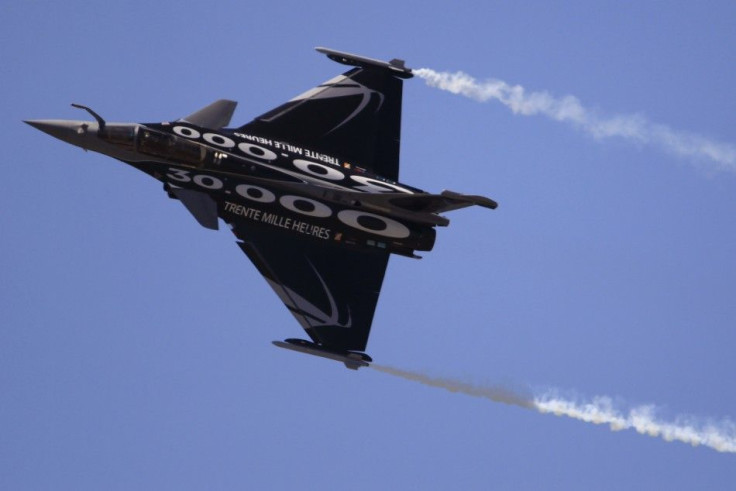US Weapons Sales Hit Record High In 2011: Congressional Report

International weapons sales by the U.S. tripled last year to reach a record high of $66.3 billion, of which $33.4 billion was pumped in by $33.4 billion sales agreement to Saudi Arabia, according to a new congressional report.
The U.S. sold $66.3 billion of weapons globally in 2011 to become the top arms supplier constituting 77.7 percent of all weapons sales. This is the highest single year agreements total in the history of the U.S. arms export program. Global sales too hit a record high at $85.3 billion last year, a substantial increase over the 2010 total of $44.5 billion and the highest worldwide arms agreements total since 2004.
Russia came second in the arms race, selling $4.8-billion worth of weapons or 5.6 percent of the total, closely followed by France with sales amounting to $4.4 billion.
Saudi Arabia was the top arms buyer with 99 percent of its $33.7 billion spending going to the U.S.
India ranked second having spent $6.9 billion on weapons followed by the UAE with a bill of $4.5 billion. Among the top buyers, Saudi Arabia and the UAE are the key U.S. partners in the Middle East to contain Iran.
The report titled, "Conventional Arms Transfers to Developing Nations, 2004-2011," submitted by the non-partisan Congressional Research Service, said: "Developing nations continued to be the primary focus of foreign arms sales activity by weapons suppliers."
"Although the global total in weapons sales in 2011 was especially high--due primarily to the unusually large agreements value of the U. S. contracts with Saudi Arabia--the international arms market is not likely growing overall," the report said, calling the U.S. arms sales "a clear outlier figure."
"There continue to be significant constraints on its growth, due, in particular, to the weakened state of the global economy," the report said. The euro zone financial crisis and the slow international recovery from 2008 recession have generally limited the defense purchases of the prospective customers.
The report said competition among sellers had become "increasingly intense" and that a number of weapons-exporting nations were focusing more on "potential new clients in countries and regions."
Recent examples of competition between the European nations and the U.S. have been the contests for combat aircraft sales to the oil-rich Persian Gulf states and for the sale of a substantial number of combat aircraft to India.
The collective market share of the four major European suppliers -- France, the United Kingdom, Germany, and Italy -- dropped to 7.2 percent in 2011 from 12.2 percent a year earlier.
To overcome the key obstacle of limited defense budgets in several developing nations, arms suppliers had increasingly utilized flexible financing options, and guarantees of counter-trade, co-production, licensed production and co-assembly elements in their contracts to secure new orders, the report noted.
While the less-affluent nations in the developing world might be compelled by financial considerations to limit their weapons purchases, the increases in the price of oil since 2008 had provided a major advantage for major oil-producing states in funding their arms purchases, it said.
© Copyright IBTimes 2024. All rights reserved.






















